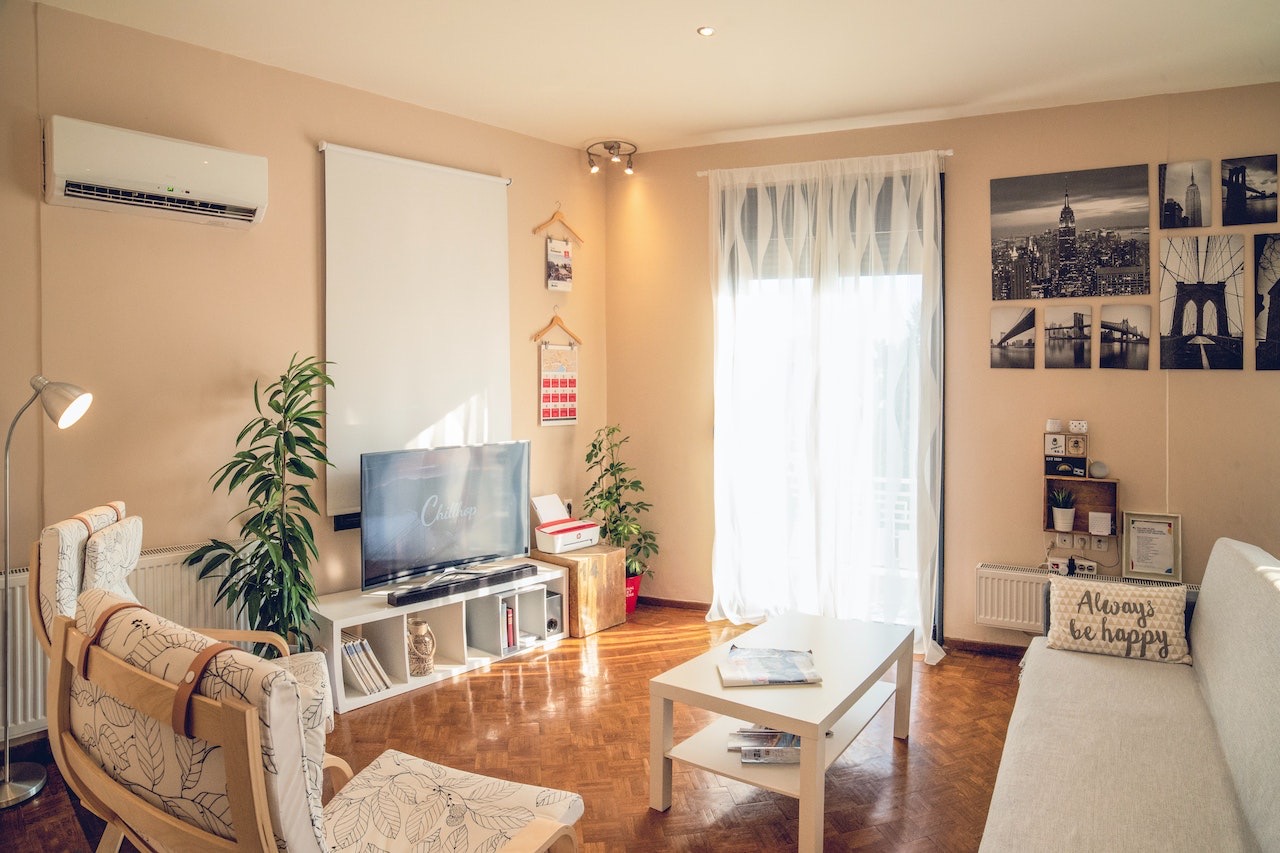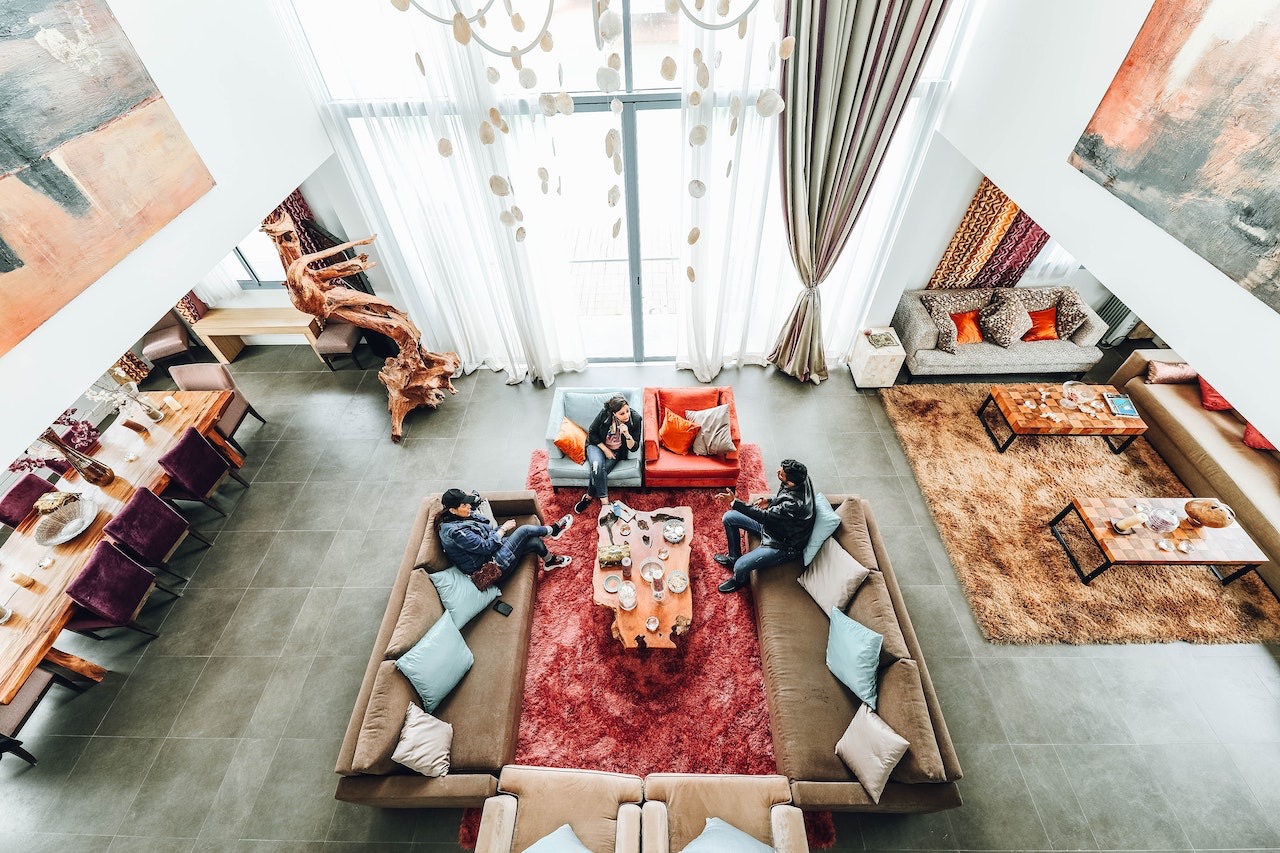In recent years, a housing trend has been gaining traction, challenging the traditional concept of rentals and reshaping the way people live. Co-living spaces, also known as co-living communities or shared living spaces, have been steadily on the rise, providing an alternative solution to the ever-increasing housing demands of urban dwellers. This article explores the emergence of co-living spaces, their unique features, and their potential impact on the future of housing.
Breaking News: Co-living Start-Up Secures Funding for Expansion
In a recent development, a leading co-living start-up announced securing a substantial round of funding, marking another milestone in the industry’s growth. The influx of investment demonstrates the increasing confidence in the co-living concept and highlights its potential as a viable solution to the affordable housing crisis in many metropolitan areas. The funds will be utilized to expand existing co-living spaces and establish new communities in key cities.
Feature Story: A Glimpse into Co-living Communities
Imagine a housing arrangement where individuals or small groups of people reside in private bedrooms while sharing common areas, such as kitchens, living rooms, and recreational spaces. Co-living spaces offer just that—a modern take on communal living. These innovative housing models blend affordability, flexibility, and social connectivity, providing a unique living experience for residents.
Residents of co-living spaces not only benefit from reduced costs through shared expenses but also enjoy access to a range of amenities and services designed to foster a sense of community. From organized social events and networking opportunities to fitness facilities and co-working spaces, co-living spaces strive to create an environment that encourages social interaction and collaboration.
Opinion Piece: The Pros and Cons of Co-living
Co-living spaces have generated both excitement and skepticism among individuals searching for affordable and convenient housing options. Let’s weigh the pros and cons of this emerging trend.
On one hand, co-living offers a solution to rising housing costs, particularly in expensive urban centers. It allows individuals to live in desirable locations at a fraction of the cost compared to traditional rentals. Moreover, co-living spaces often offer flexible lease terms, enabling residents to adapt to changing circumstances without the burden of long-term commitments.
However, some argue that the lack of privacy and personal space in co-living environments may deter certain individuals. Additionally, concerns about compatibility with roommates, management issues, and the potential for conflicts arise in communal living situations. It is essential to consider these factors before embracing the co-living concept fully.
Research Techniques: Verifying Co-living Providers
With the increasing popularity of co-living spaces, it becomes crucial to verify the credibility and reputation of the providers. When researching co-living options, consider the following techniques:
- Online Reviews: Explore online platforms where residents share their experiences and ratings of different co-living spaces. Pay attention to both positive and negative feedback to get a comprehensive understanding.
- Background Checks: Research the co-living company or property management group. Look for their track record, any past legal issues, and their approach to addressing resident concerns.
- Site Visits and Interviews: Whenever possible, visit the co-living spaces you are considering. Speak with current residents to gain firsthand insights into their experiences and the overall living conditions.
Journalistic Ethics: As a journalist, it is essential to uphold ethical standards while reporting on co-living spaces. Always strive for accuracy by cross-referencing information from multiple sources. Ensure transparency by disclosing any potential conflicts of interest and maintain a fair and balanced approach when presenting differing viewpoints. Respect privacy by protecting the identities of individuals who wish to remain anonymous or confidential.











